William Kentridge and The Centre for the Less Good Idea
February 9—June 16, 2024
THEATER | MULTIMEDIA | VISUAL ART
A semester-long invitation to re-examine complex histories through image and performance
William Kentridge and The Centre for the Less Good Idea
February 9—June 16, 2024
THEATER | MULTIMEDIA | VISUAL ART
A semester-long invitation to re-examine complex histories through image and performance
An Artistic Innovators Residency
Unfolding across campus February 9 to June 16, 2024
Embracing the central methodologies of The Centre for the Less Good Idea – collaborative making, free-spirited engagement with materials, the act of allowing oneself to be led by image, sound and impulse – William Kentridge and members of The Centre invite participants from across the Brown community to join in surfacing, rupturing, re-reading and activating the heavy histories and enduring realities. The Centre asks: How do we begin to look at an image collectively? What are the ways in which a visual archive – entrenched in the heavy histories – begins to speak? In provoking and surfacing the narratives embedded in these archives, it is music, performance, improvisation and collaboration that can become vital tools for re-reading images in a contemporary way.
"SOUTH AFRICA'S LEADING CONTEMPORARY ARTIST."
-Financial Times
IGNITE SPOTLIGHT: William Kentridge and Bronwyn Lace
Looking back and shining a light on the William Kentridge and the Centre for the Less Good Idea Artistic Innovators Residency
 Play
Play
William Kentridge & The Centre for the Less Good Idea: Houseboy and Pepper's Ghost
A glimpse into the artist's practice
As part of BAI's Artistic Innovators Collective programming, William Kentridge previewed his upcoming collaborative residency at Brown (September, 2023)
William Kentridge Lecture
Watch William Kentridge live at Brown Arts Institute; Sep. 13, 2023
A Residency in Four Parts
PART I: Houseboy
Public performances: February 9, 2024 at 7pm; February 10, 2024 at 3pm
The Lindemann Performing Arts Center

Learn More
THEATER
The East Coast Premiere of William Kentridge's Staged Interpretation of the Novel by Cameroonian Diplomat Ferdinand Oyono.
PART II: Pepper’s Ghost Exploration
Public Sharings: February 22-23, 2024 at 5pm and 8pm
Fishman Studio, Perry and Marty Granoff Center for the Creative Arts
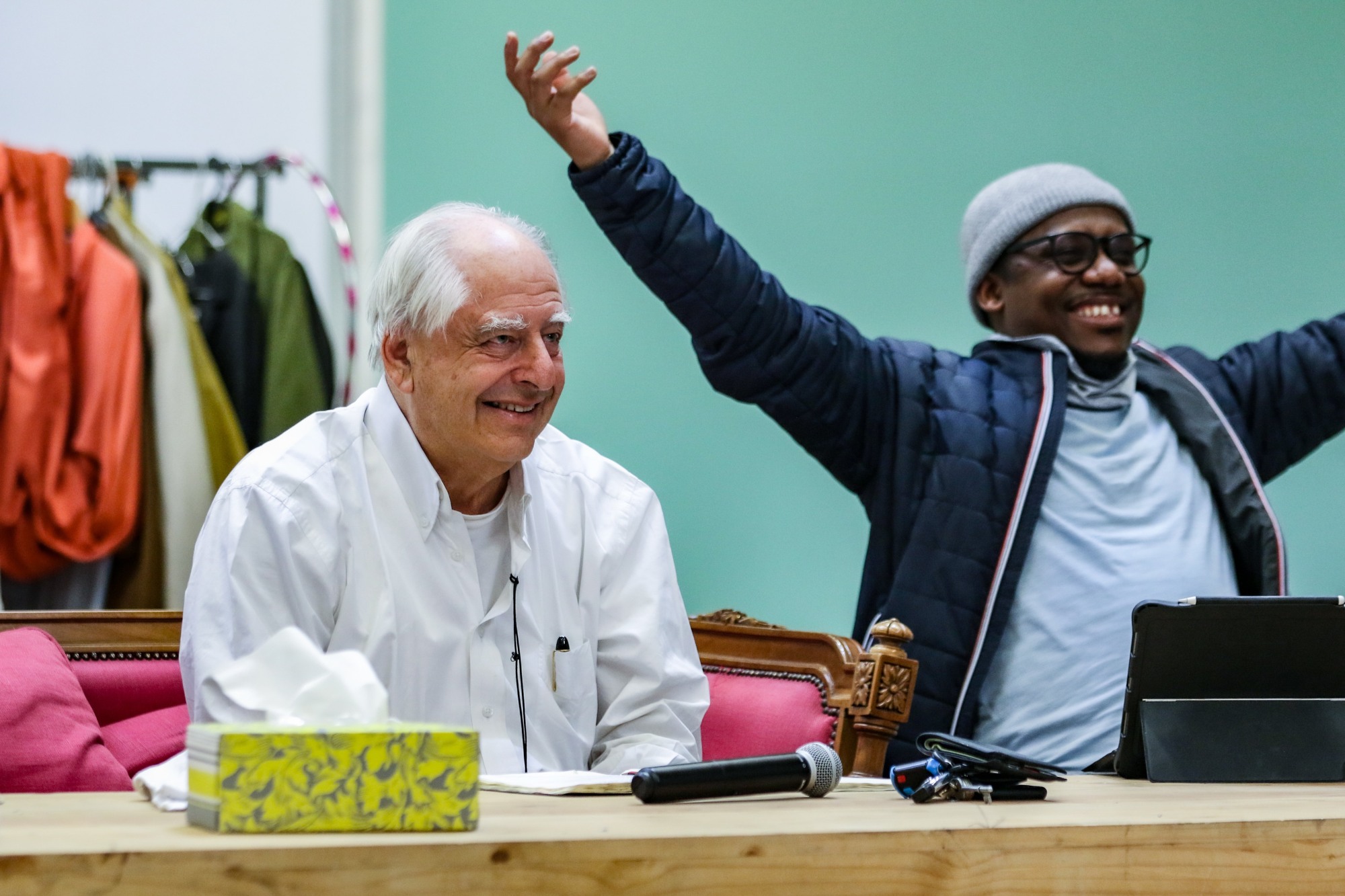 Following two weeks of residency work on campus, in collaboration with Brown students, scholars, subject matter experts, and arts community members, The Centre for the Less Good Idea will share two public showings of their Pepper’s Ghost exploration on campus. Named after John Henry Pepper, who popularized it in 1862, Pepper’s Ghost is a theatrical illusion technique that uses a half-silvered mirror to create a hologram-esque figure. The Centre expands on this image-based technique to create illusory performative and narrative presentations, as live physical and musical performance interact with video installation. Audiences will note that this technique was also interpreted by Carrie Mae Weems in her recent installation, Lincoln, Lonnie, and Me, at Brown’s Bell Gallery. Aspects of this collaborative residency will inform future projects, including The Great Yes, The Great No, premiering at the LUMA Foundation in Arles, France in July 2024 as part of the Festival d'Aix-en-Provence.
Following two weeks of residency work on campus, in collaboration with Brown students, scholars, subject matter experts, and arts community members, The Centre for the Less Good Idea will share two public showings of their Pepper’s Ghost exploration on campus. Named after John Henry Pepper, who popularized it in 1862, Pepper’s Ghost is a theatrical illusion technique that uses a half-silvered mirror to create a hologram-esque figure. The Centre expands on this image-based technique to create illusory performative and narrative presentations, as live physical and musical performance interact with video installation. Audiences will note that this technique was also interpreted by Carrie Mae Weems in her recent installation, Lincoln, Lonnie, and Me, at Brown’s Bell Gallery. Aspects of this collaborative residency will inform future projects, including The Great Yes, The Great No, premiering at the LUMA Foundation in Arles, France in July 2024 as part of the Festival d'Aix-en-Provence.
Foundational commissioning support for the development and creation of The Great YES, The Great NO is provided by Brown Arts Institute. The performance will return to Brown in 2025-26.
In the News
South African artist William Kentridge and collaborators share innovative artmaking approach at Brown
PART III: Studio Process and Political Change: The Case of William Kentridge; Lecture by RISD Professor Leora Maltz-Leca
April 2, 2024, 6pm
Englander Studio, Granoff Center for the Creative Arts
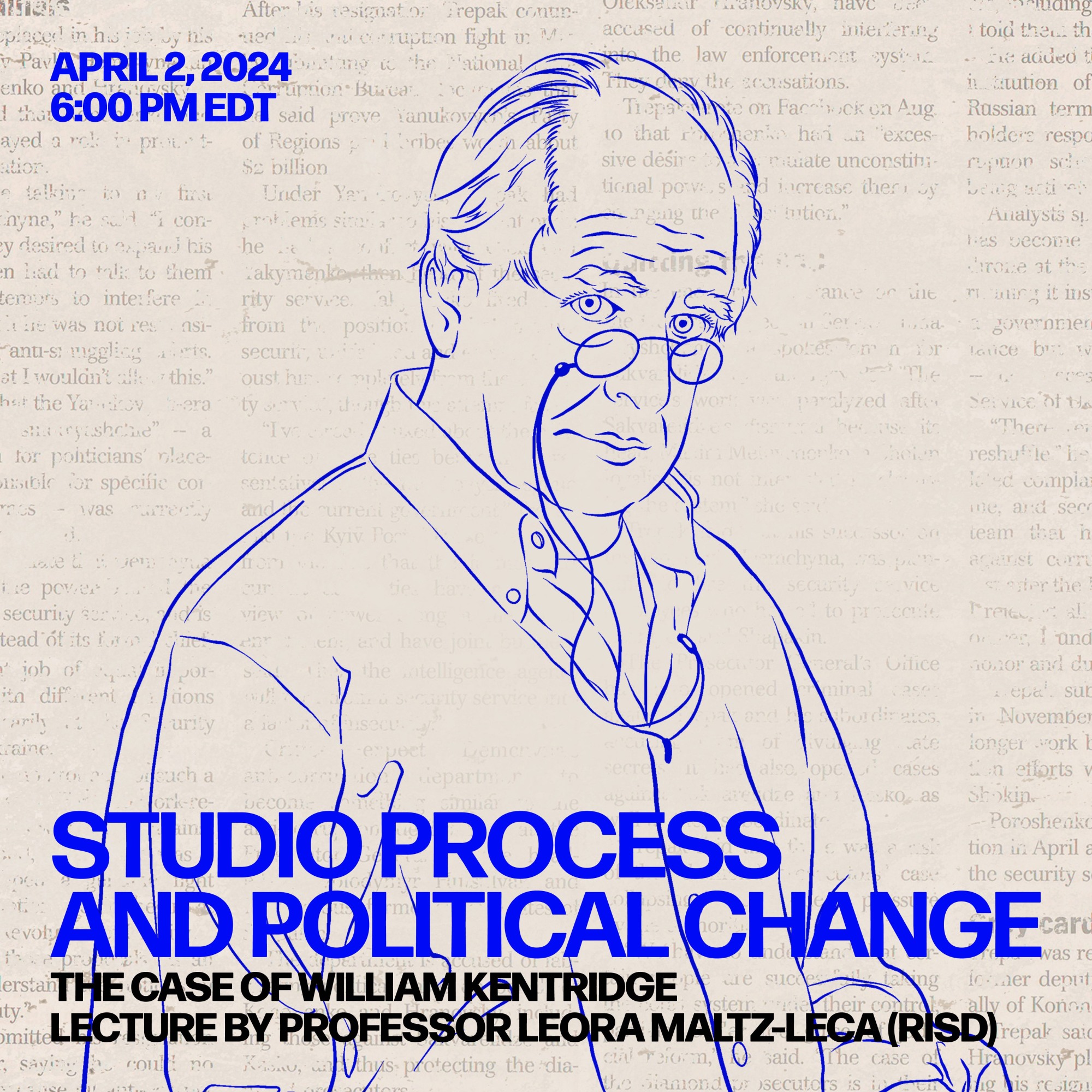 Much ink has been spilled over William Kentridge’s innovative process of drawn animation. For Rosalind Krauss, it invents a medium, ushering in the ‘post-medium’ condition of contemporary art. In this talk, I assess Kentridge’s graphic process from the viewpoint of Johannesburg and the politics of art making in 1980s and 1990s South Africa to argue that the stakes of studio process are local, immediate, and grounded in fast-moving currents of political change. Returning to the year 1989 – the year that the artist inaugurated his process of drawn animation in the initial Soho film –Johannesburg, 2nd Greatest City After Paris, I propose that Kentridge’s studio process is embedded in the collapse of apartheid, the transition to democracy, and the imagery of processions that signaled regime change.
Much ink has been spilled over William Kentridge’s innovative process of drawn animation. For Rosalind Krauss, it invents a medium, ushering in the ‘post-medium’ condition of contemporary art. In this talk, I assess Kentridge’s graphic process from the viewpoint of Johannesburg and the politics of art making in 1980s and 1990s South Africa to argue that the stakes of studio process are local, immediate, and grounded in fast-moving currents of political change. Returning to the year 1989 – the year that the artist inaugurated his process of drawn animation in the initial Soho film –Johannesburg, 2nd Greatest City After Paris, I propose that Kentridge’s studio process is embedded in the collapse of apartheid, the transition to democracy, and the imagery of processions that signaled regime change.
Although the relationship of art to politics is long and vexed – not least because its grounded in French models ill-suited to an African postcolony – Kentridge’s studio process presents a timely, specific mode of politicized production embedded in the idea and logistics of mass social change. Through a fluid metaphorics of material thinking and embodied making, his work materializes political and economic change as drawn and animated form, fusing artistic process and political process in unusual ways.
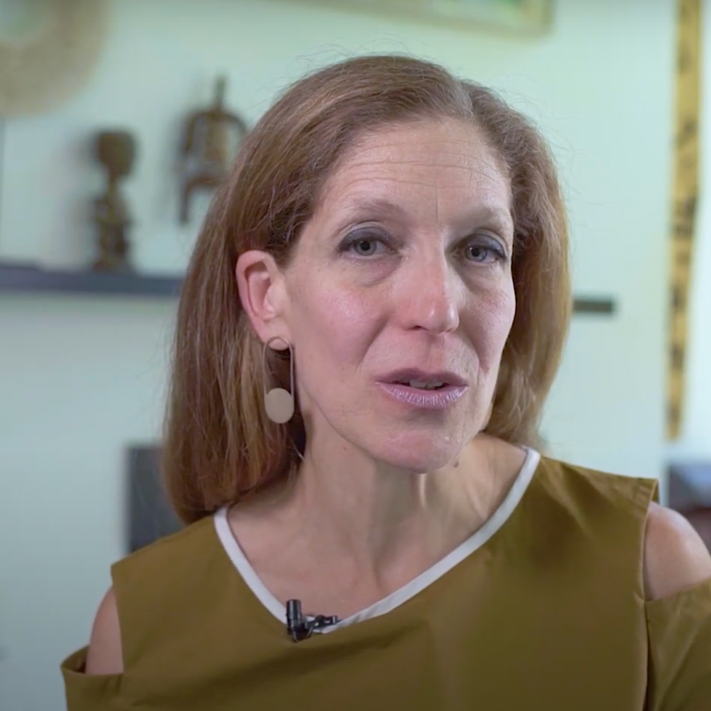 Born and raised in Durban, South Africa, Leora Maltz-Leca is the author of William Kentridge: Process as Metaphor and Other Doubtful Enterprises (University of California Press, 2018). Her book explores how the artist renders the physical processes of the studio—cutting, pasting and projecting light—as metaphors for the way we think and live. Maltz-Leca has taught contemporary art at RISD since 2008, where she is professor in the Department of Theory & History of Art & Design. At present she is writing a book called The Currency of Contemporary African Art: Neoliberalism, Accumulation and Global Capital in the African Postcolonies. She holds degrees in art, philosophy and art history from Yale, Brown and Harvard.
Born and raised in Durban, South Africa, Leora Maltz-Leca is the author of William Kentridge: Process as Metaphor and Other Doubtful Enterprises (University of California Press, 2018). Her book explores how the artist renders the physical processes of the studio—cutting, pasting and projecting light—as metaphors for the way we think and live. Maltz-Leca has taught contemporary art at RISD since 2008, where she is professor in the Department of Theory & History of Art & Design. At present she is writing a book called The Currency of Contemporary African Art: Neoliberalism, Accumulation and Global Capital in the African Postcolonies. She holds degrees in art, philosophy and art history from Yale, Brown and Harvard.
PART IV: NO, IT IS (2012)
On view April 25-June 16, 2024
Cohen Gallery, Perry and Marty Granoff Center for the Creative Arts
EXHIBITION
A triptych video installation translates Kentridge’s flip book, NO, IT IS (2012) into a film format across three flat screens, including Workshop Receipts, The Anatomy of Melancholy, and Practical Enquiries.
Media Gallery
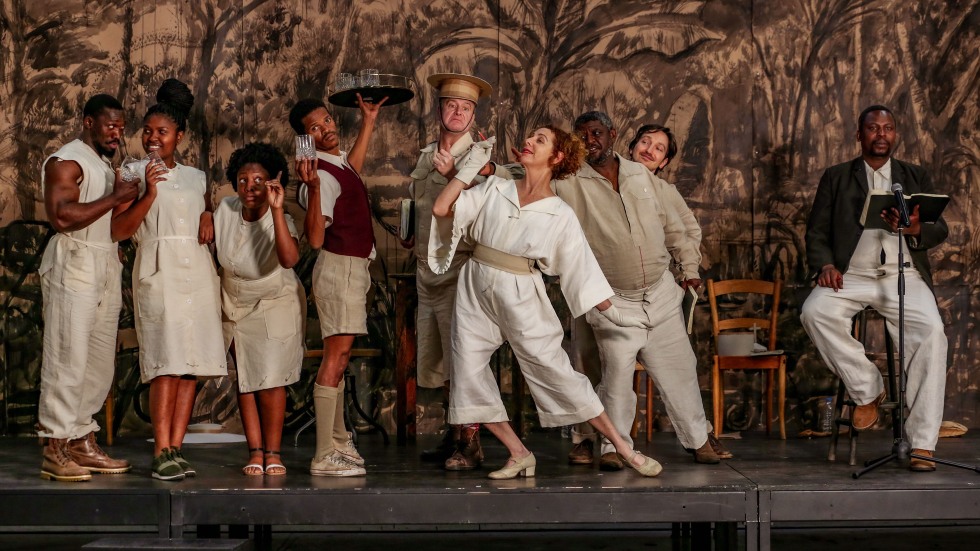
The cast of Houseboy. Photo by Zivanai Matangi.

William Harding. Photo by Zivanai Matangi.
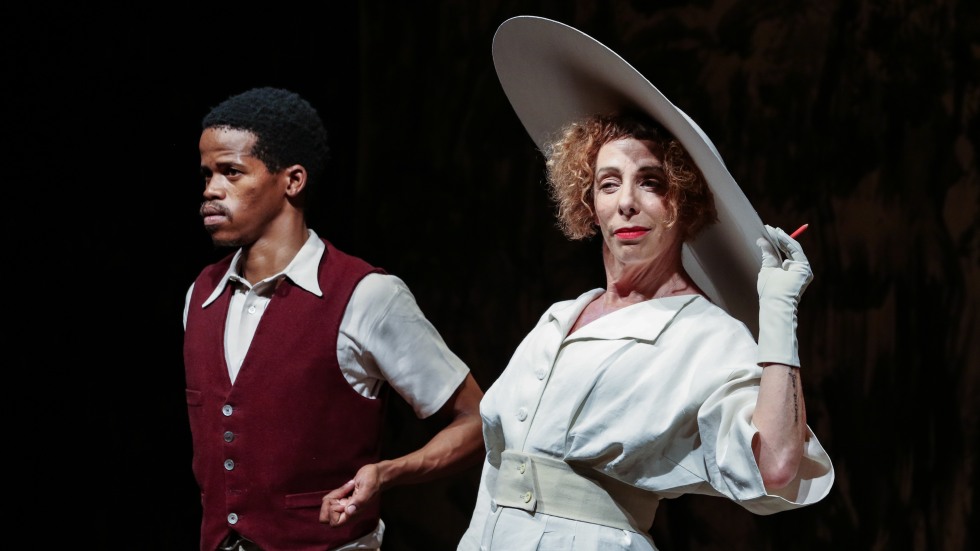
The cast of Houseboy. Photo by Zivanai Matangi.

The cast of Houseboy. Photo by Stella Olivier.

Sibahle Mangena. Photo by Zivanai Matangi.

The cast of Houseboy. Photo by Zivanai Matangi.
"This residency invites our communities to participate in and learn from the creative practice of boundary-pushing contemporary artists."
About the Artists
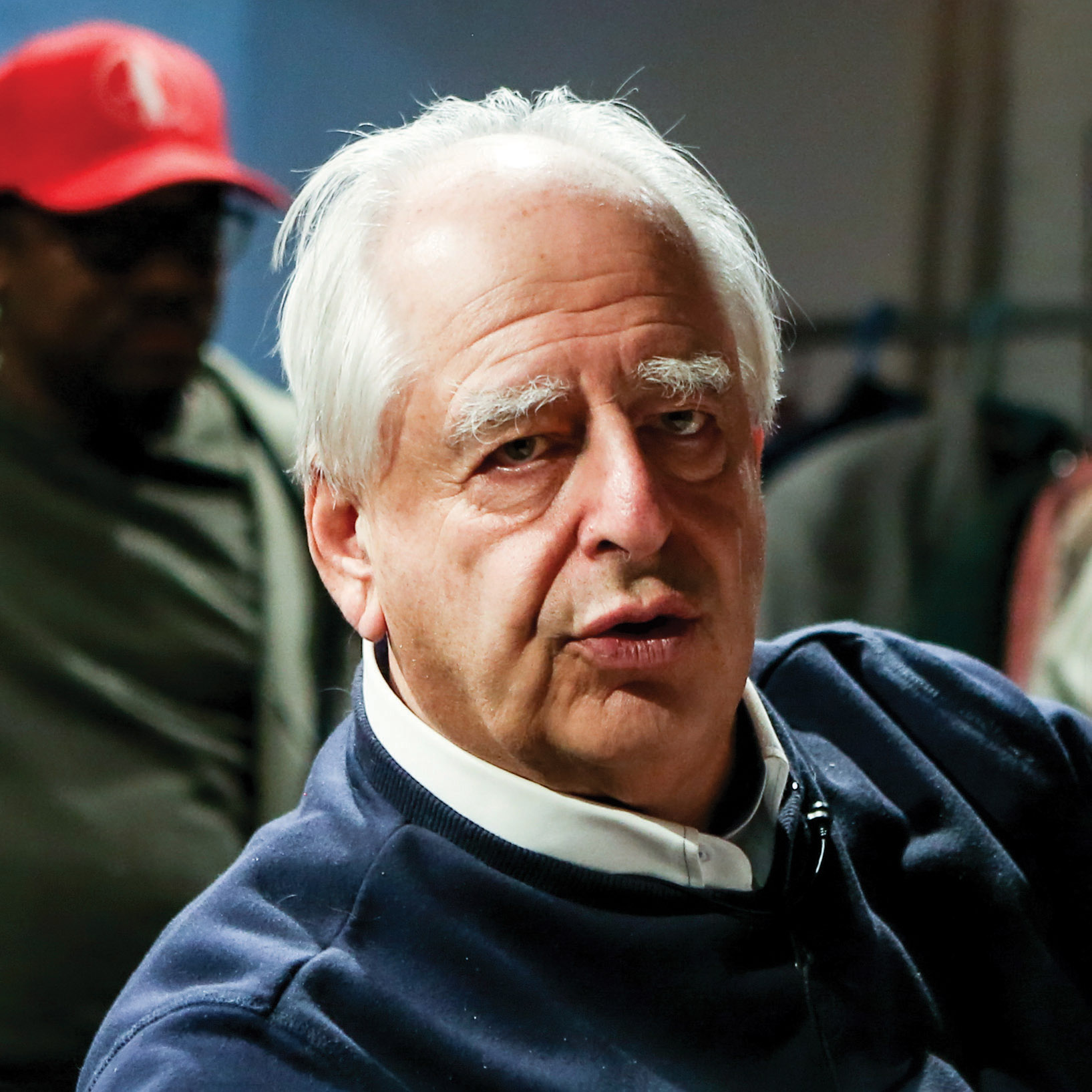 William Kentridge and the Centre for the Less Good Idea
William Kentridge and the Centre for the Less Good Idea
William Kentridge is a draughtsman, performer, filmmaker, and is the founder of The Centre for the Less Good Idea. Born in Johannesburg, South Africa, Kentridge is internationally acclaimed for his drawings, films, theatre, and opera productions. Embracing collaboration and cross-pollination of various media and genres, including performance, film, literature, and more, his work frequently responds to the legacies of colonialism and apartheid, within the context of South Africa’s socio-political landscape.
In 2016, William Kentridge and Bronwyn Lace founded The Centre for the Less Good Idea, a space for responsive thinking through experimental, collaborative and cross-disciplinary arts practices, based in Maboneng, Johannesburg. The Centre has quickly gathered momentum and by 2022 has become a formative space for arts projects in South Africa and beyond. Between 2016 and 2022 over 400 individual performances, films and installations have been created and shown at The Centre and more than 700 artists of all disciplines have worked on projects at The Centre.
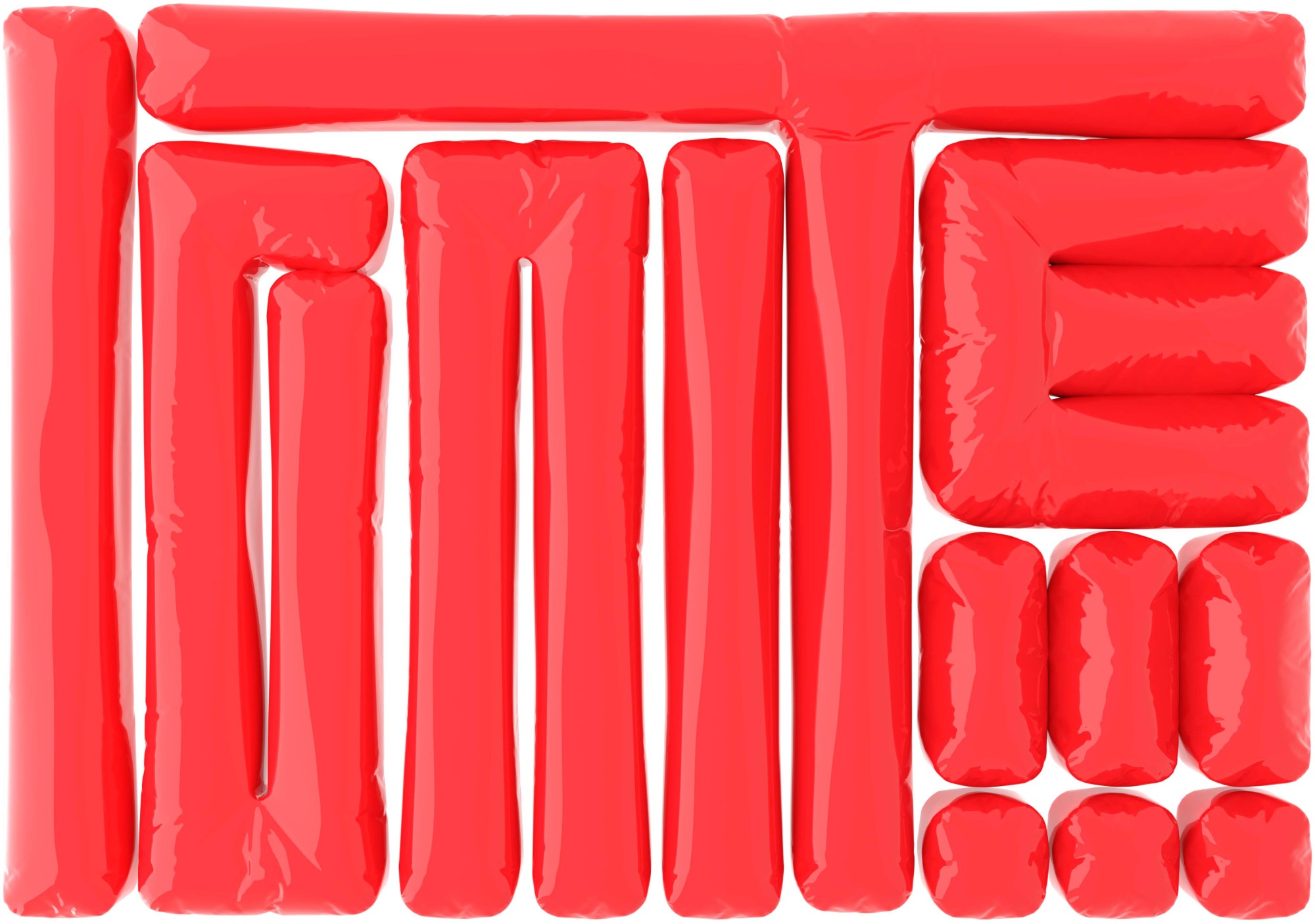
Brown Arts’ IGNITE Series uplifts the spirit of artistic collaboration across Brown, Providence, the Rhode Island region, and beyond. Ignite your creative curiosity through this multi-year series of programs, activations, interventions, and investigations.